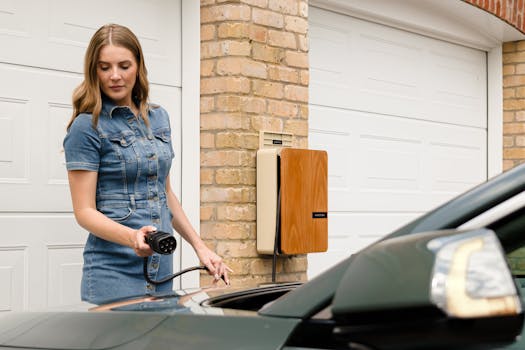
Smart Homes and Smart Living: The Technological Transformation of European Homes by 2025
Smart Homes and Smart Living is revolutionizing the way Europeans live, with technological advancements transforming homes into efficient, sustainable, and comfortable spaces. By 2025, European homes are expected to be equipped with cutting-edge technology, making life easier, safer, and more enjoyable for residents.
Introduction to Smart Homes
A smart home is a residence that has been equipped with advanced technology to monitor, control, and automate various systems and appliances. This includes lighting, heating, cooling, security, and entertainment systems, which can be controlled remotely using a smartphone or tablet. The integration of smart technology in European homes is expected to increase significantly by 2025, with an estimated 50% of households adopting smart home devices.
Benefits of Smart Homes
Smart homes offer numerous benefits, including energy efficiency, enhanced security, and improved comfort. With smart thermostats and lighting systems, homeowners can save energy and reduce their carbon footprint. Advanced security systems, including door and window sensors, motion detectors, and video cameras, provide an added layer of protection for residents. Additionally, smart homes can be equipped with voice-controlled assistants, such as Amazon Alexa or Google Home, making it easy to control various systems and appliances with simple voice commands.
Technological Transformation of European Homes
By 2025, European homes are expected to undergo a significant technological transformation, with the integration of advanced technologies such as artificial intelligence (AI), Internet of Things (IoT), and 5G networks. These technologies will enable seamless communication between devices, making it possible to control and monitor various systems and appliances remotely. Furthermore, the use of AI and machine learning algorithms will enable smart homes to learn and adapt to the preferences and habits of residents, providing a more personalized and comfortable living experience.
Challenges and Limitations
While the technological transformation of European homes offers numerous benefits, there are also challenges and limitations that need to be addressed. One of the primary concerns is data security and privacy, as smart homes generate vast amounts of data that can be vulnerable to cyber threats. Additionally, the high cost of smart home devices and systems can be a barrier to adoption, particularly for low-income households. Moreover, the complexity of smart home systems can be overwhelming for some residents, particularly older adults and those with limited technical expertise.
Conclusion
In conclusion, the technological transformation of European homes by 2025 is expected to have a significant impact on the way people live, work, and interact with their surroundings. With the integration of smart technology, European homes will become more efficient, sustainable, and comfortable, providing a better quality of life for residents. However, it is essential to address the challenges and limitations associated with smart homes, including data security and privacy, affordability, and complexity, to ensure that the benefits of smart homes are accessible to all.






